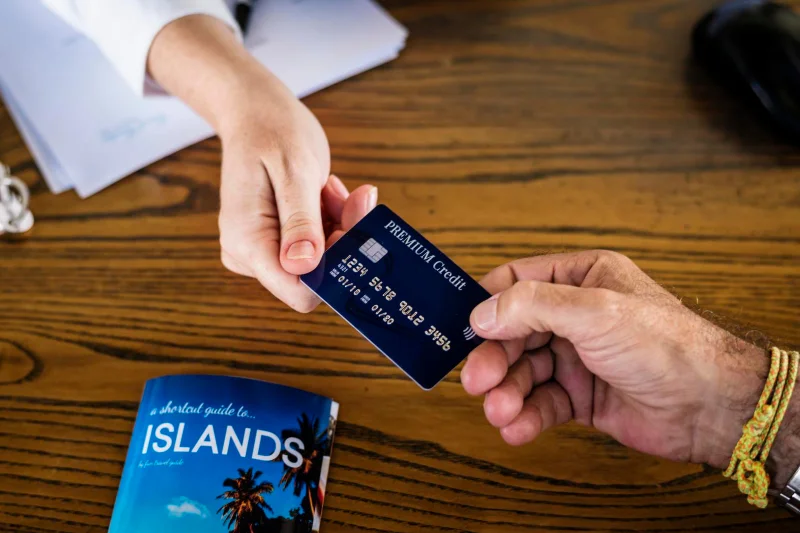Real Debt Relief That Actually Works
Overwhelmed by credit cards, loans, or collections? You’re not alone. Millions of Americans are searching for legitimate debt relief options that help them recover without risking scams or worsening credit. In this guide, we’ll explain two of the most effective — and safest — paths: Debt Management Plans (DMPs) and Debt Settlement Programs. Both are legal, widely used, and backed by consumer protection agencies.
- Understand how real debt relief works
- Find trusted nonprofit and government resources
- Learn how to spot and avoid fake “forgiveness” schemes
- Get actionable steps to start reducing debt today
1. Debt Management Plans (DMPs)
Definition & Context: A Debt Management Plan is a structured repayment plan arranged through a certified nonprofit credit counseling agency. It helps you combine multiple debts into a single payment, often at lower interest rates negotiated directly with creditors. Unlike consolidation loans, DMPs don’t require new credit or affect your principal balance — they simply make repayment manageable.
Where to Find It: Start with agencies accredited by the National Foundation for Credit Counseling (NFCC) or the Financial Counseling Association of America (FCAA). These organizations are vetted, nonprofit, and required by law to disclose all fees before enrollment.
How It Works:
- Schedule a free counseling session (online or by phone).
- Provide a list of debts, balances, and interest rates.
- The agency negotiates reduced rates and waives some late fees.
- You make one monthly payment to the agency, which distributes it to your creditors.
Common Mistakes or Scams:
- Paying upfront setup fees over $75 — legitimate DMPs charge minimal administrative fees.
- Confusing DMPs with debt settlement or consolidation loans.
- Working with companies that guarantee instant credit repair — no one can legally do that.
Case Example: “Melissa from Arizona” joined an NFCC-approved plan after $22,000 in credit card debt. Her average interest dropped from 23% to 8%, saving her $320 per month and clearing all balances within 4 years.
Action Step: Verify legitimacy before sharing personal details. Use NFCC.org or FCAA.org to locate certified agencies offering free counseling sessions.
- Pro Tip: Ask your counselor if they report DMP payments to the credit bureaus — some do, which can help rebuild your score over time.
2. Debt Settlement Programs
Definition & Context: A Debt Settlement Program is designed for borrowers who are past due or in collections. Instead of repaying the full amount, you (or a professional negotiator) offer a lump-sum payment that’s less than what you owe. Creditors accept because it guarantees partial recovery rather than ongoing delinquency.
Where to Find It: Reputable companies belong to the American Fair Credit Council (AFCC) and follow Federal Trade Commission (FTC) guidelines. Always check BBB ratings and ensure they only charge fees after a settlement is reached.
How It Works:
- You stop making payments to creditors and instead deposit funds into a dedicated escrow account.
- Once you save enough (usually 30–50% of the total balance), the settlement company negotiates directly with creditors.
- If the creditor accepts, you pay the agreed lump sum, and the account is marked “settled.”
Common Mistakes or Scams:
- Companies charging upfront fees — this violates FTC rules.
- Falling for “debt forgiveness” claims that sound government-backed — no federal program cancels private consumer debt.
- Not understanding credit score impact — settled debts stay on your report for up to 7 years.
Case Example: “Derrick from Ohio” owed $38,000 across four credit cards. Through a licensed AFCC member, he settled his accounts for $18,500 total in 30 months, avoiding bankruptcy and saving nearly half of his owed balance.
- Avoid These Mistakes:
- Never share bank login details with a debt company.
- Get every agreement in writing — including fee structure and timeline.
- Check their registration at consumer.ftc.gov.
Action Step: Confirm a firm’s compliance by searching its name on ConsumerFinance.gov and ensure fees are charged only after settlements are completed.
Final Checklist:
- Gather account statements and creditor contact info.
- Decide if you want to manage negotiations yourself or hire a professional.
- Monitor all communications for settlement confirmation letters.
Bottom Line: Both Debt Management Plans and Debt Settlement Programs can be life-changing when done through legitimate, transparent channels. Start small: review your credit reports, verify any organization before enrolling, and commit to a plan that fits your real income. With verified help and consistent action, debt freedom is not a dream — it’s a process you can start today.


